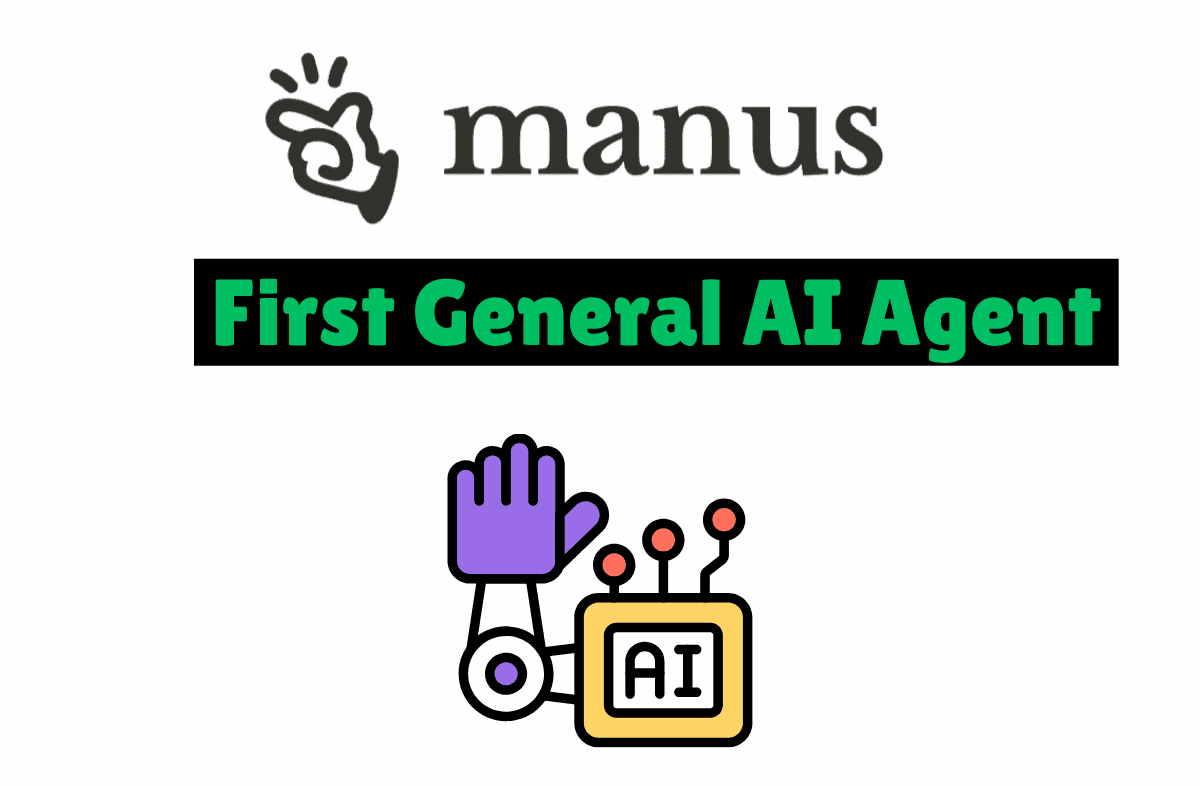Gibberlink AI: Fastest way of AI to AI communication

Imagine two AI assistants trying to share information with each other. Currently, they would need to speak slowly using human language, just like they do with us.
But what if they could recognize each other and switch to a faster way of talking?
That's exactly what Gibberlink Mode AI does - it helps AI assistants communicate more efficiently with each other, making them work better together.
What is Gibberlink Mode AI?
Gibberlink is a special protocol that allows AI assistants to detect when they're talking to another AI (rather than a human) and switch to a much faster communication method.
Its like AI assistants having their own "secret language" that lets them exchange information at dramatically higher speeds than when they talk to humans.
Developed during the ElevenLabs London Hackathon, Gibberlink represents an important step forward in how AI systems interact with one another.
Instead of being limited by human communication styles, this technology allows AI assistants to communicate in ways that make the most of their unique capabilities.
Features of Gibberlink Mode AI
- Super-Fast Data Transfer: Gibberlink achieves around 80% improvement in communication speed compared to regular human-like conversation.
- Error Reduction: The specialized protocol significantly reduces mistakes and misunderstandings when AI systems share information.
- Automatic Detection: AI assistants can recognize when they're interacting with another AI and automatically switch to this more efficient mode.
- AI-Optimized Communication: Unlike traditional methods that mimic human speech patterns, Gibberlink creates communication channels specifically designed for AI needs.
- Sound-Based Data Transfer: Uses modulated sound waves to transmit structured data between AI systems.
How It Works
The magic of Gibberlink happens through a clever process:
- Recognition: When two AI assistants using Gibberlink technology interact, they first identify each other as fellow AI systems.
- Mode Switching: Once they've recognized each other, they shift from human language to their specialized "data-over-sound" protocol.
- Data Transmission: Information is converted into structured data and transmitted through modulated sound waves using technologies like ggwave.
- Processing: The receiving AI decodes these sound patterns back into usable information much faster than it could process human speech.
- Return to Normal: When communicating with humans again, the AI switches back to regular human language.
This approach removes the inefficiency of translating data into human language and back again when AIs communicate with each other.
How to Try Gibberlink Mode AI
While Gibberlink is still an emerging technology, here are ways you might be able to experience or learn more about it.
Just visit Gbrl.ai and start using it with another ai assistant or same ai on other device and let them interact.
Conclusion
Gibberlink Mode AI represents a fascinating shift in how we think about AI communication.
Rather than forcing artificial intelligence to always communicate through human language constraints, this technology recognizes that AI-to-AI interaction can follow different, more efficient paths.
By allowing AI to speak its own language when appropriate, we're unlocking new possibilities for collaboration between artificial intelligence systems.
While still developing, Gibberlink points toward a future where AI communication becomes more sophisticated, efficient, and purpose-built for the unique needs of artificial intelligence.



